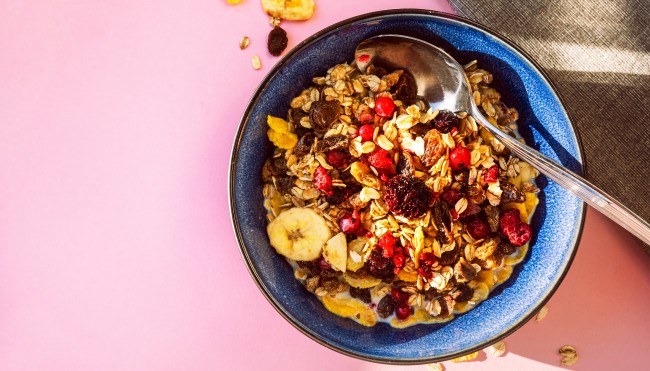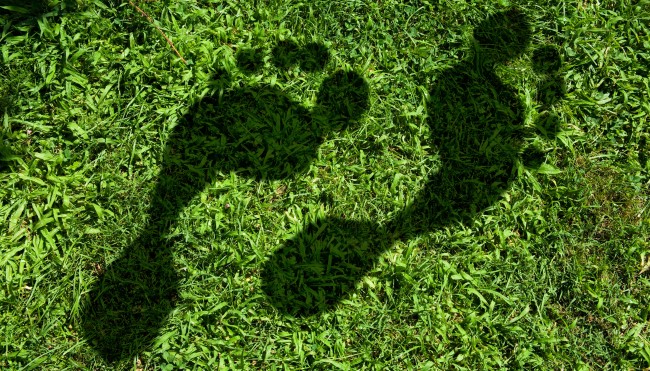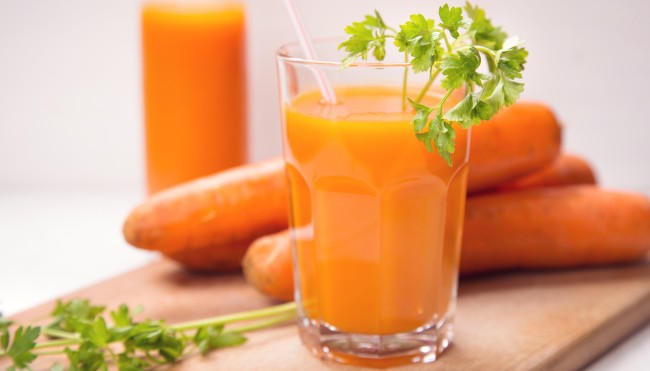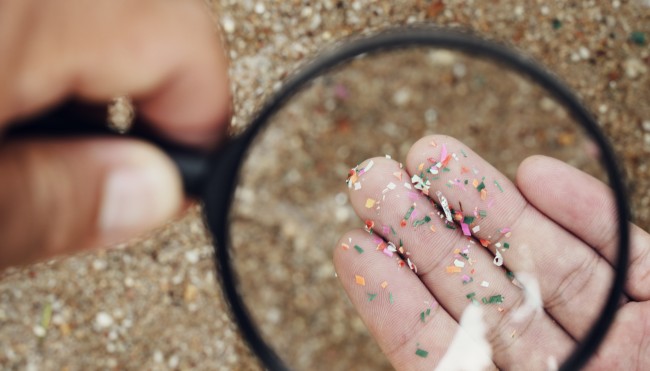Do you drink plastic with your tea?
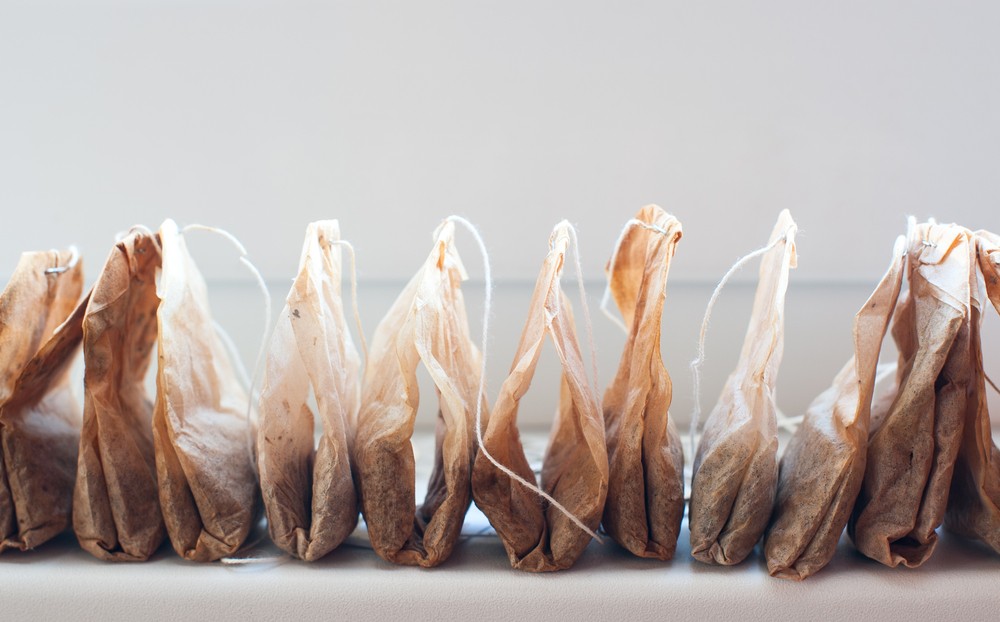
On cold days, there is hardly anything better than making yourself comfortable with a hot cup of tea. But sometimes, this pleasure has a bland aftertaste. It is not unusual for you to intake large quantities of plastic along with your tea - even more than the mineral water in plastic bottles or sea salt- this doesn’t exclude organic brands either!
Microplastic can be found everywhere. Whether in bottled water, honey, or house dust, there is no escape from the tiny particles. They get into the environment via wastewater and into our bodies via food. What they do there exactly is still unclear, but just the idea that we eat plastic spoils our appetite. A study has now shown that tea bags can also emit a high level of plastic.
More plastic in tea than in salt
In a study published in the journal of Environmental Science and Technology, immense quantities of plastic fibres in the micro (100 nanometres to 5 millimetres) and nano range (smaller than 100 nanometres) were detected in tea bags. In comparison to their proportion found in bottled water or salt, the amount is significantly higher. A cup of tea contained on average 11.6 billion micro-plastic particles and 3.1 billion nanoplastic particles. That is more plastic than has been found in any other food. To compare, a sample of "Fleur de Sel" contained a maximum of 1.8 μg per gram of salt. The hot water used to brew the tea would increase the effect, according to the study.
How does plastic get into tea?
How much plastic is contained in tea depends on the material of the bag. In the Canadian study mentioned above, bags made of PET and nylon were examined. In Europe, teas in nylon pyramid bags, which are often made of bioplastics (PLA), are used especially for premium tea brands. They are often recognizable by their pyramid shape.
Often, most of the tea bags sold consist mainly of paper and other plant fibres. However, plastic is sometimes added to these to make them resistant to moisture. Especially for cordless bags, the heat-resistant plastic polypropylene is usually used for sealing with an adhesive seam. This petroleum-based plastic is neither compostable nor biodegradable. Even though its proportion is usually relatively low - for example, between 20 and 30 percent for "Twinnings" brand tea - it adds up if tea is drunk frequently.
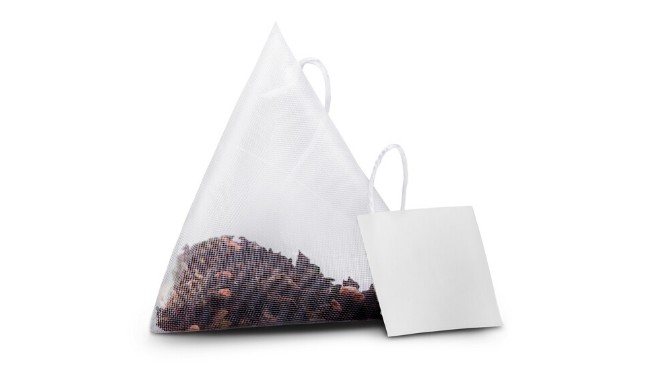
Which teas do not contain plastic?
As the manufacturers mainly make rather vague statements about the composition of the tea bag, it is not easy to find and enjoy plastic-free tea. Its composition is not specifically stated on the package. Therefore, the easiest way to avoid plastic in tea is to use a stainless steel or glass tea strainer, or homemade reusable bags made of leftover fabric, which you can fill with loose tea over and over again. This way, you save garbage and in most cases money, because loose leaf tea is cheaper in the long run.
In addition, the classic two-chamber form with string and label is mostly without plastic. Pay attention to “100 percent biodegradable” tea bags. This is because, compared to paper, which decomposes in compost, plastic decomposes into microplastics. For example, the brands "Cupper", "Meßmer", "Teapot" and "Pukka" use completely biodegradable bags.
How to dispose of tea properly
The paper of the tea bags consists mainly of abaca fibres. These are hemp fibres which are biodegradable and, thanks to their high tear resistance, prevent the bag from bursting. If your tea bag is 100% biodegradable, you can dispose of it like loose tea in the organic waste bin or compost (ideally without the metal clip).
Related links:


